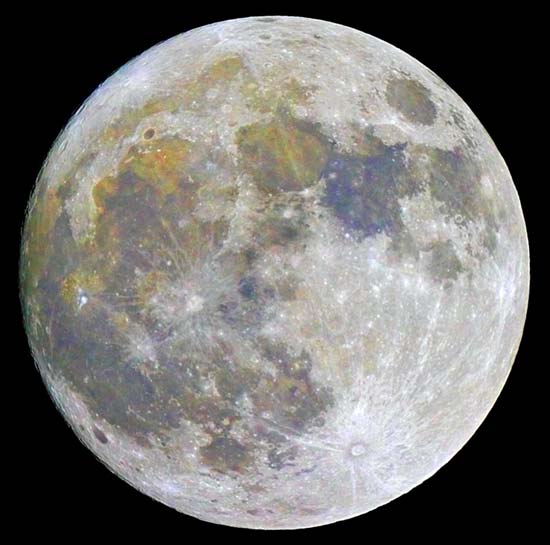MoonSwings ~ Highs and Lows
What's a Lunar
Standstill?
As you begin observing the movement of the moon through the heavens, you notice its monthly highs and lows as well as its seasonal extremes. Have you ever wondered about these Moon swings? How high and low can they go? How do they compare to the Sun's solstice swings? Do you know about the lunar standstill season? Keep reading to learn more!
Monthly
Moon Swings
Orbital Tilt
Within each month the Moon has a northern and southern range of moonrise / set points. It is at its highest one day and two weeks later at its lowest. It takes the Sun one year to accomplish this range of movement. This occurs because the Moon makes a full orbit around the Earth each month and follows a similar path across the sky that takes the Sun a year to complete.
The 23.4° tilt of the Earth’s orbit around the Sun allows the Sun to be seen that far north or south of the celestial equator. The 5° tilt of the Moon’s orbit around the Earth allows the Moon to wander that much further north and south, 28º +/–.
The
Full Moon

Image: Shahriar
Davoodian of
Tehran, Iran
Description
at SpaceWeather.com
Lunar
Occultations
Extreme Swings Through the
Constellations
The lowest Moons can be seen moving through Scorpius and Sagittarius in the south and the highest northern Moons can be seen in the constellations Taurus and Gemini.
A year with numerous occultations and super close conjunctions of Antares, the heart star of Scorpius, low-lying Spica, the brightest star of Virgo the Virgin and the Pleiades star cluster, the shoulder of Taurus the Bull, are a result of a lunar standstill season.
Note: A "season" of Pleiades occultations began for our world December 13, 2005 and continued until the year 2010. Read more.
Pleiades Occultation 4/8/08 ~ Minute Video
Lunar
Standstill Season
A Rare Lunar Cycle
During 2005-2006 the Moon made its widest swings north and south of the celestial equator each month. We experienced a major lunar standstill season.
For the Moon this is similar to the time of the solstice with its maximum lunar position either north or south of the celestial equator. Solstice means "Sun stands still". The Sun's path stops shifting far south in the winter and stands still readying itself to move northward ... vice versa in summer. At the same time the Moon's path stops shifting far north in the winter and stands still readying itself to move southward ... visa versa in summer. Compare the winter solstice paths of the Sun and Moon.
Over an 18.6 to 19 year period, the Full Moons nearest the solstices swing much like a pendulum. In 2005 and 2006, these Full Moons will be [were] at their highest and lowest positions in the sky over this approximately 19 year period, reaching declination 28º +/– (north / south). Also the First and Last Quarter Moons around the time of the equinoxes can be [were] seen at their highest and lowest declinations. From: The Lunar Standstill Season
Why Is the Moon So High (or So Low)?
Hmmm ... what were you experiencing during the 1987–1988 lunar standstill? What were you experiencing with the most recent (2005-2006) 18.6 to 19 year turn of the spiral, or shall I say swing of the pendulum?!
The next lunar standstill season occurs 2023-2024.
Greatest Annual Lunar Standstills: 2001 to 2100
Use
the following link for:
Greenwich Mean Time (GMT / UT) Time Conversion
![]()
I'd like to know your thoughts about The Night Sky ...
send me an email.
May your Night Sky traveling always be filled
with Celestial Delights and Treats!
Susan Sun
Look
Up! ~ Links
Links to star maps, sky calendars and more.
|
Thank You for Your Heartfelt |
Discovering
the Heavens
The Night Sky
The Planets
Choosing
a Telescope
Cosmology
~ Highlights
Cosmology
Linkups~SouledOut.org's
Recommended Links
Glossary of Esoteric
Terms & Phrases
SouledOut.org Site Map
SouledOut.org Home

